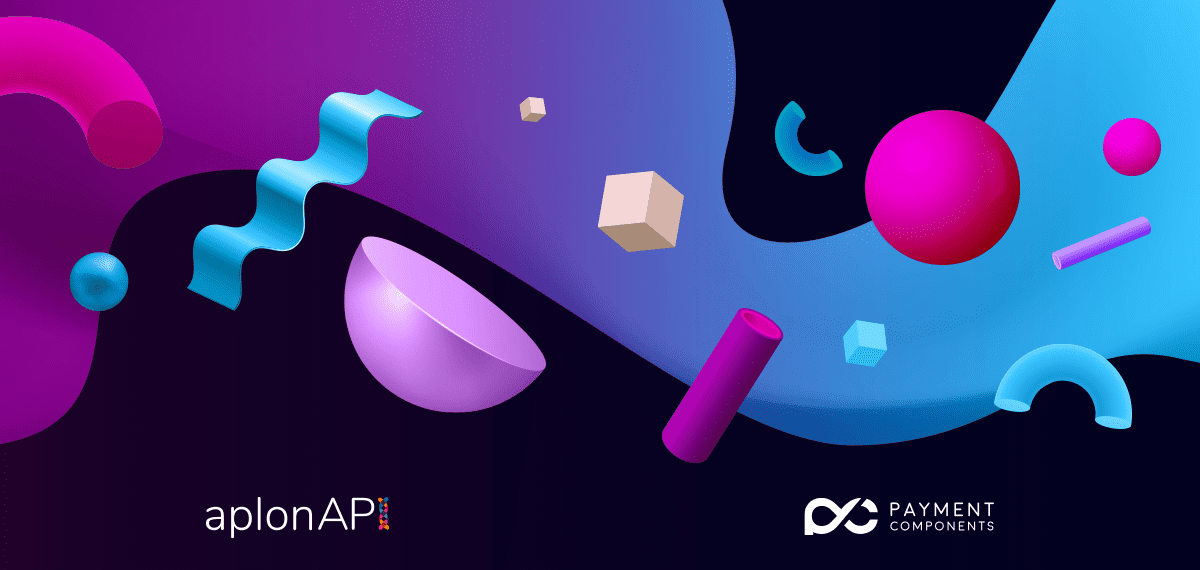These are the Real Benefits of Open Banking
Banks and financial institutions are now experiencing a seismic shift. There’s a significant transformation happening in the sector, which quickened three years ago when the Payment Service Directive 2 (PSD2) went into full effect in Europe. But also a challenging pandemic situation that we are all struggling with, which has profound implications for all the industry players and that accelerated the sector digitization.
The PSD2, which allows for the first time the sharing of clients’ financial data with third parties, is considered the foundational step towards open banking and represents the most critical change in the banking sector for a long time. This new directive, together with technological innovation, facilitated the banking industry's opening up, starting a new age of collaborations between incumbent banks and FinTech companies.
The changing needs of banks’ customers
People are now more educated and more digitized than ever and are looking for new ways to connect with their banks. They are pretending innovative services that can be easily integrated with the pool of other services, such as the rapidly growing FinTech apps, that they are using to manage their finances. All in all, the customers' expectations are now soaring. And because of the coronavirus pandemic, which has dramatically accelerated the digital transformation in banking, they are now far more likely to use home banking and other digital channels, making branches in most cases unnecessary. These are new habits that are here to stay even when we will have passed this situation.
This context makes that open banking and continuous innovation are a need as well as an enormous opportunity for today's banks to meet changing needs of customers, generate more engagements, and last but not least, increase revenues.
While it can appear as a potentially expensive task for financial institutions to adapt to this new open model, it's not just a unique opportunity to attract more private customers but it could also be an even bigger one to attract business clients willing to use the latest technologies for their payments.
The need to switch to an API-led business model
By creating specific pricing policies for their advanced APIs, banks will be able to monetize their products and services with new revenue streams that before were impossible to imagine. They have, in this way, the opportunity to unlock the full potential of their API-based offerings to provide an alternative way to pay online, that have been for too long only limited to credit and debit card payments. Something that became possible, again thanks to PSD2. With the new chance to initiate payments between bank accounts on the consumer's behalf and with the use of open APIs to process online payments permitting banks to lower the costs related to that.
At PaymentComponents we have been among the first to understand the true potential of open banking. We learned a lot by working with leading financial institutions worldwide. Understanding what are the main challenges and opportunities for those operating in the sector to take advantage of this historical transformation.
On this basis, we developed an award-winning product, called aplonAPI, that represents the best solution available today for financial institutions that are willing to stay on top of competition. With aplonAPI you will be able to offer Banking as a Service/Platform (BaaS/BaaP) solutions to your customers and monetize your APIs in the simplest and fastest way possible. The best part is that you get a ready-to-use API sandbox, with a FinTech ecosystem of AISPs and PISPs, to modernize your payment system quickly and that can help you generate value from day one.
If you are interested in learning more about aplonAPI, all you need to do is schedule a demo today and we will get back to you as soon as possible to show you all the possibilities and how easy it is for you to get started with it.

